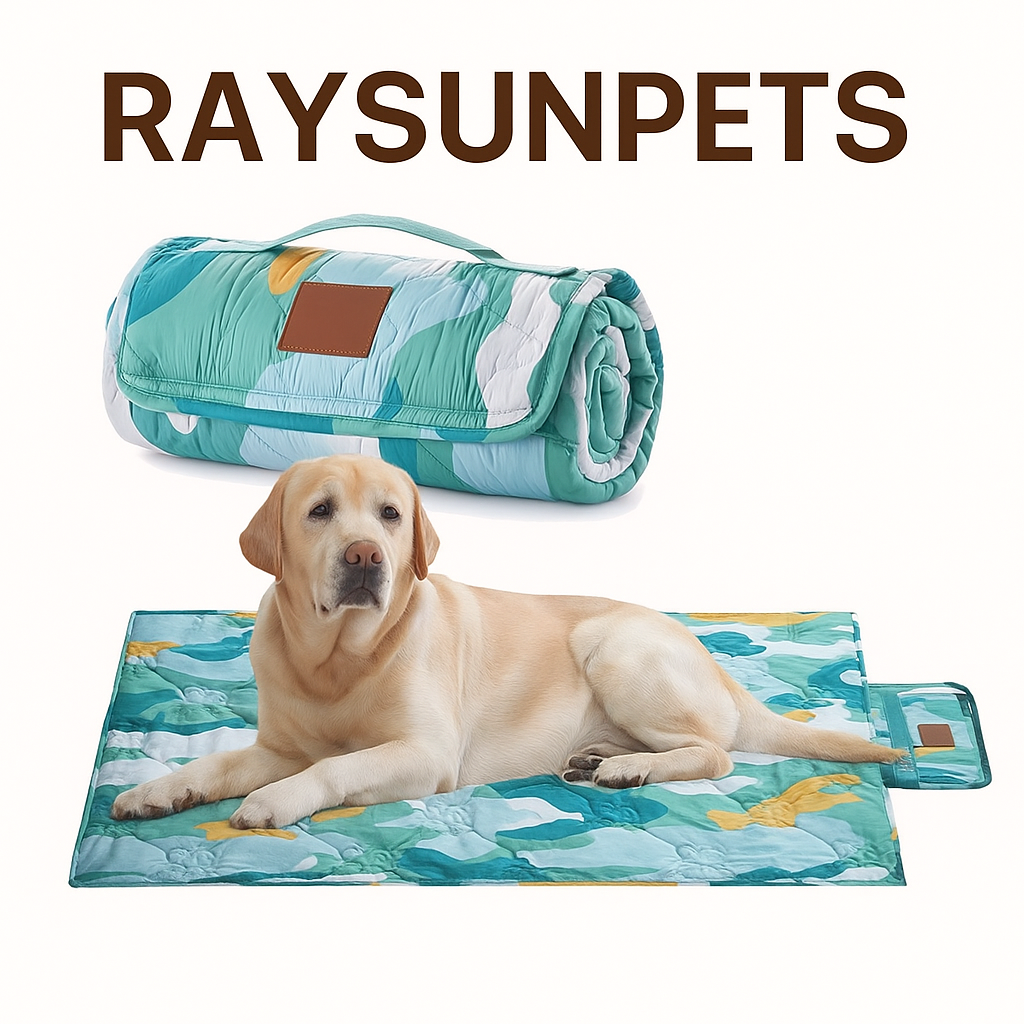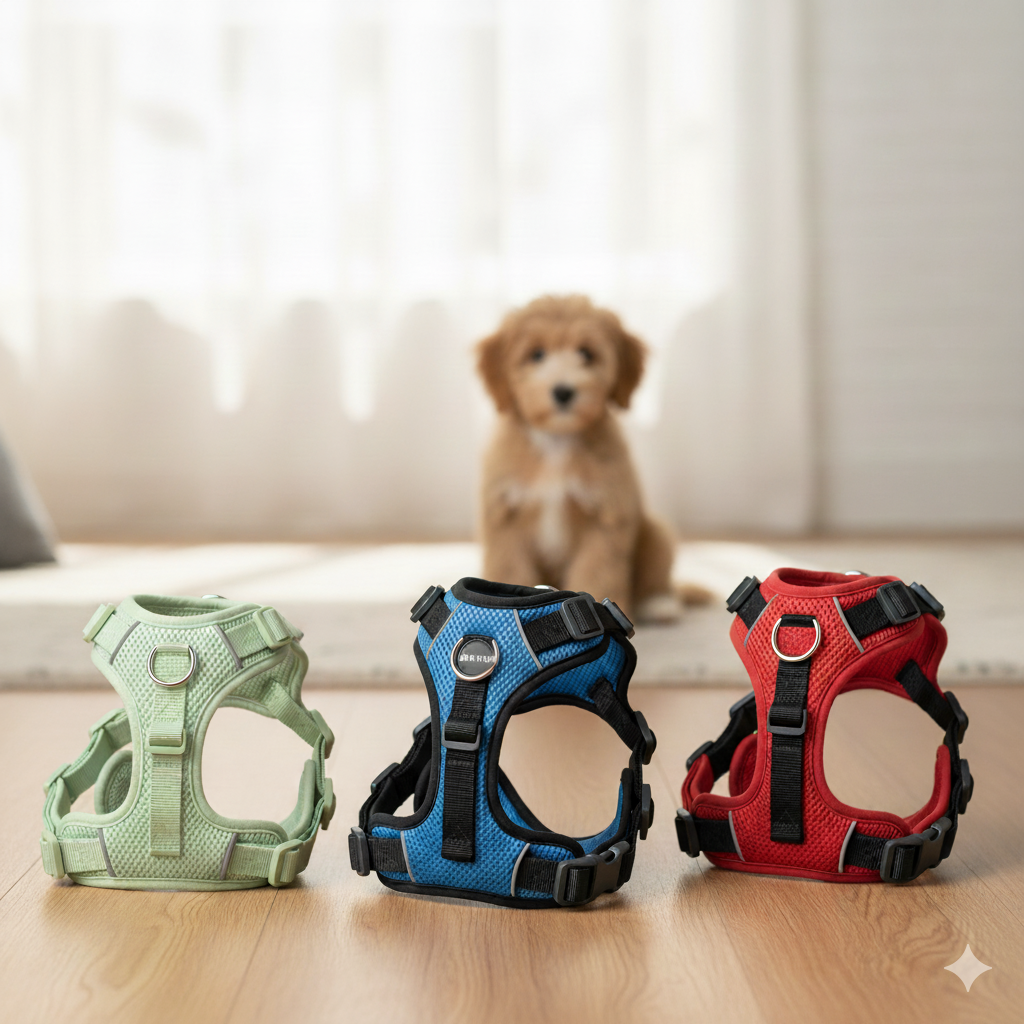You see footage of sled dogs straining against their harnesses and it looks harsh. You wonder if they're being forced into this grueling work. But in reality, it's what they love to do.
Yes, most sled dogs genuinely love to pull. For breeds like Siberian Huskies and Alaskan Malamutes, pulling is not work; it's the joyful and instinctual fulfillment of what they were bred to do for generations. A proper harness allows them to do this safely.
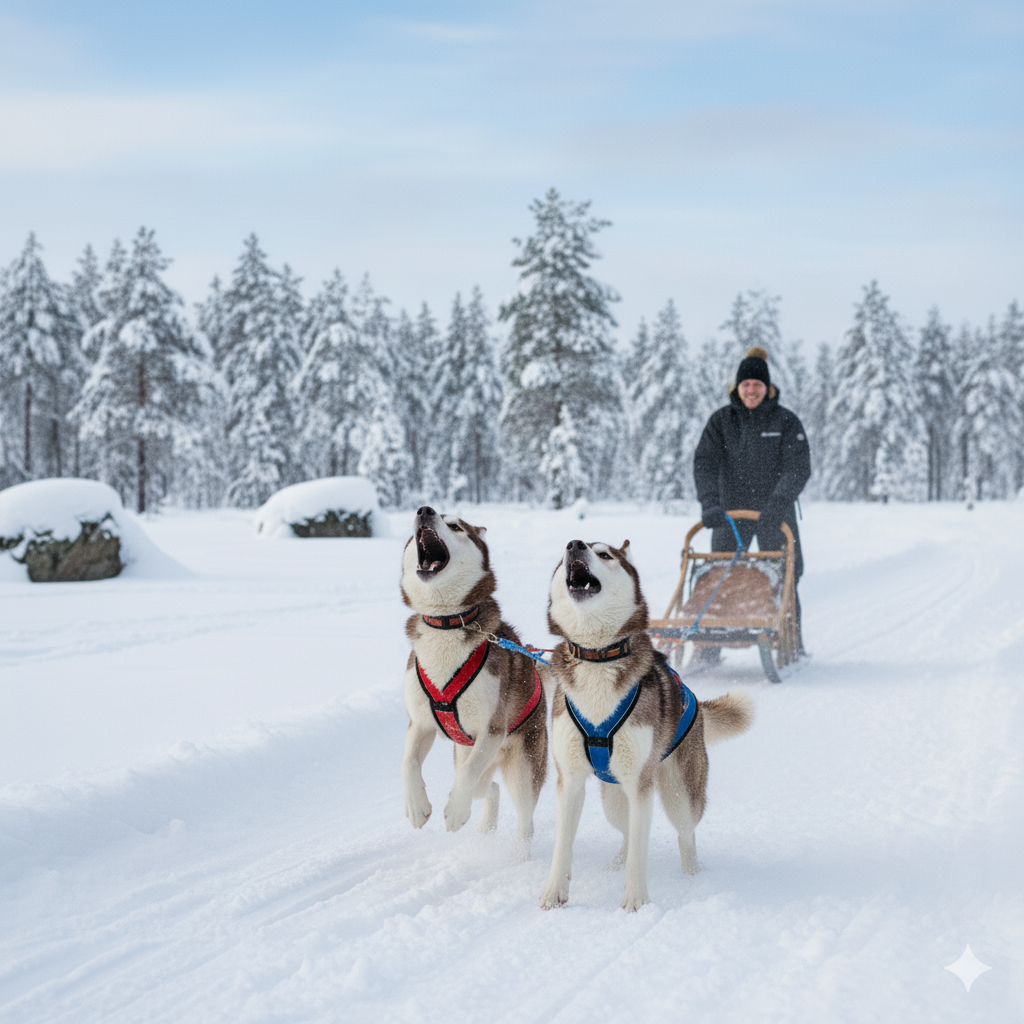
As a dog gear designer, I'm fascinated by the relationship between a dog's purpose and its equipment. The sled dog is maybe the best example of this. Their excitement for pulling isn't just an opinion; it's written in their DNA. But that joy is only possible because of a very specific piece of gear: the sledding harness. It’s a tool perfectly engineered to help them do a job they were born to do. Without that perfect fit of instinct and equipment, the whole system would fall apart.
What Makes a Sled Dog Different From a Pet Dog?
Your pet Labrador might love a good run, but you can't imagine them wanting to pull a heavy sled all day. It seems impossible. That's because sled dogs are truly built differently.
A sled dog is a specialized athlete with a unique body and mind. They have physical traits for extreme endurance and cold, plus a powerful psychological drive to run and work. This combination sets them apart from most companion breeds.
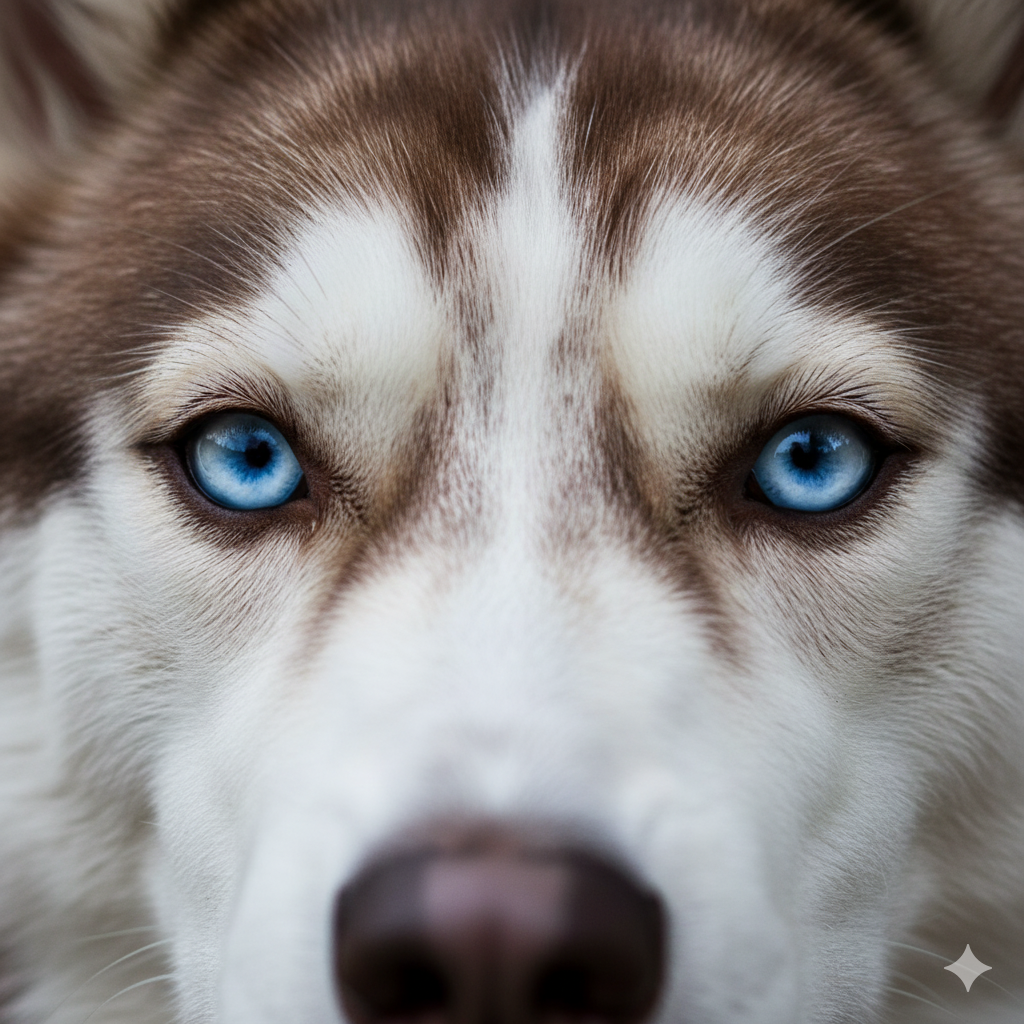
The physical differences are incredible. Sled dogs have thick double coats for insulation. Their large paws act like snowshoes, and their paw pads are tough and resistant to the cold. Most amazingly, their metabolism is incredibly efficient. They burn huge amounts of fat for energy while preserving their muscle, allowing them to run for hours without depleting their bodies. It's a level of athletic engineering we rarely see.
But it's their mindset that truly makes them different. They have what mushers call "drive"—an overwhelming desire to run forward. This is a redirected prey drive, channeled into a job. They also have an intense pack mentality, which makes them thrive when working together as a coordinated team. You can't just teach this; it has been selectively bred into them for centuries.
Breed Purpose Comparison
| Feature | Sled Dog (e.g., Siberian Husky) | Companion Dog (e.g., Basset Hound) |
|---|---|---|
| Energy Level | Extremely High | Low to Moderate |
| Work Drive | Very High | Low |
| Coat Type | Thick, Insulating Double Coat | Short, Sleek Coat |
| Primary Instinct | To Run and Pull | To Follow Scents |
How is a Sled Dog Harness Designed for Pulling?
You probably use a no-pull harness to stop your dog from pulling you down the street. So how can a harness be used to encourage a sled dog to pull? It's all about purpose-driven design.
A sled dog harness is specifically engineered to leverage a dog's power. It distributes the pulling force across the dog's chest and body, completely avoiding the neck, allowing them to pull with maximum strength comfortably and safely. It is the opposite of a no-pull harness.
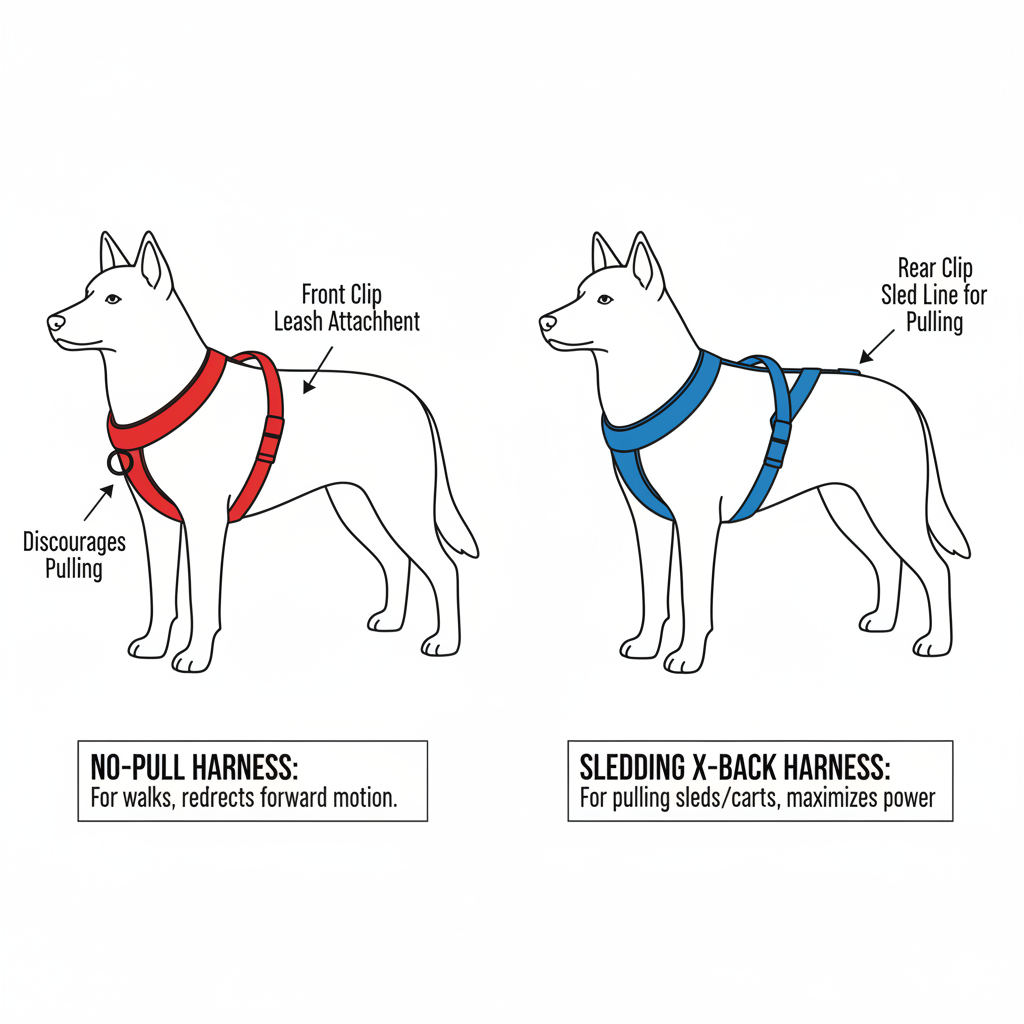
The genius of a sledding harness, like the classic X-back design, is in its physics. The attachment point for the sled line is near the base of the dog's tail. This low anchor point ensures the pulling force is distributed horizontally across the dog's strongest parts—their chest and shoulders. The "X" pattern on the back keeps the straps perfectly in place, preventing them from interfering with the dog's running motion.
When my team designs a harness, the first question is always, "What is this tool's job?" The job of a no-pull harness is to make pulling awkward and redirect the dog. The job of a sledding harness is to make pulling as comfortable, efficient, and powerful as possible. The materials are also different—often lightweight webbing with minimal padding to prevent overheating during intense work.
Harness Design Goals
| Harness Type | Leash Attachment Point | Design Goal |
|---|---|---|
| No-Pull Harness | Front (Chest) | To redirect forward momentum and stop pulling. |
| Sledding Harness | Far Back (near Tail) | To leverage the dog's full body strength for pulling. |
| Standard Walking Harness | Back (Shoulders) | General control, can encourage pulling in some dogs. |
Is Pulling Really a Natural Instinct for These Dogs?
We spend so much time teaching our pet dogs that pulling is a bad behavior. It feels wrong to encourage it. But for some dogs, pulling isn't bad; it's a deep-seated, joyful need.
Yes, for sled dog breeds, the desire to pull is a powerful instinct. It has been cultivated through selective breeding for hundreds of years. When they pull, they are fulfilling a core behavioral need, just like a Border Collie needs to herd sheep.
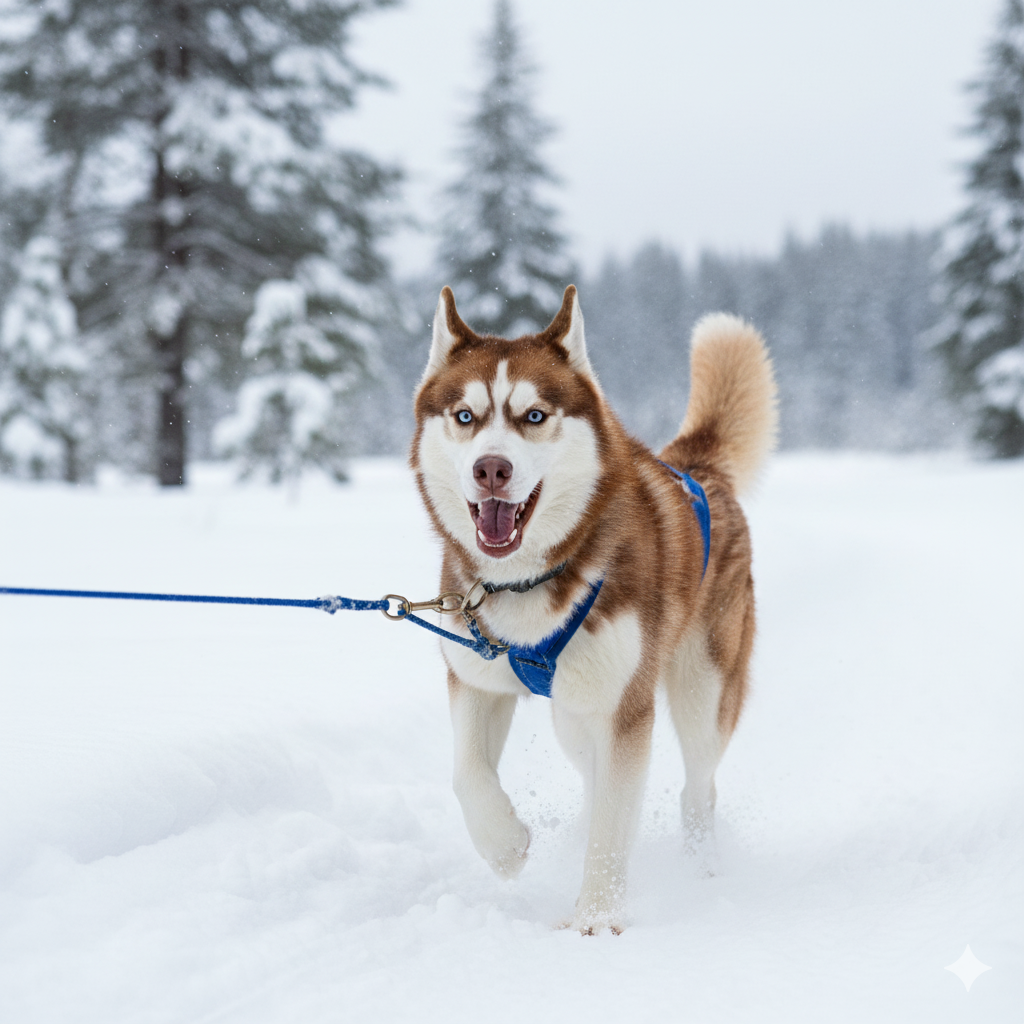
This isn't just a learned behavior; it's in their biology. Animal behaviorists call these "fixed action patterns." It's a sequence of behaviors that are innate. For these dogs, running and pulling in a team is that pattern. They often exhibit what's known as "harness-wise" behavior. They might be calm and relaxed, but the moment you bring out the harnesses, they explode with excited barking and jumping. It is a biological switch flipping on.
This intense physical exertion also releases endorphins, creating a "runner's high." They are elite athletes who find profound satisfaction in pushing their bodies. Denying them this outlet can lead to frustration and destructive behaviors at home. This is why sports like canicross and urban mushing, which allow pet huskies to pull their owners, have become so popular. They provide a safe and healthy outlet for this powerful, natural instinct.
Conclusion
Sled dogs genuinely love pulling because it's their genetic purpose. The right harness doesn't force them; it frees them to do what they love safely, turning work into a joyful expression of their true nature.
Cindy Long is the Sales Manager of Raysunpets and a pet lover with over 12 years of experience in exporting pet products. She specializes in providing customized dog chest carriers, leashes and pet accessory solutions for the European and American markets, always focusing on the real needs of customers and pets, and is committed to creating high-quality, practical and comfortable products that allow fur kids to live happier lives.

